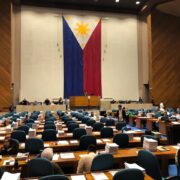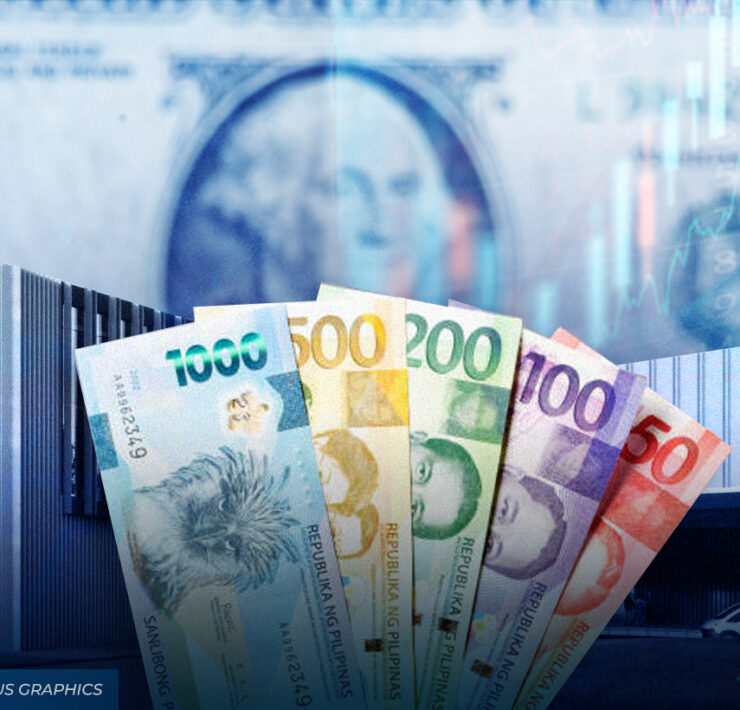July BOP swings back to deficit of $167M

The Philippines’ balance of payments (BOP) position swung back to a deficit of $167 million in July 2025, mainly due to a higher trade deficit.
The latest readout brought the cumulative BOP level in the January to July period to a $5.8-billion deficit. This meant a reversal from the $1.5-billion surplus in the same period last year, according to the Bangko Sentral ng Pilipinas (BSP).
The Philippines’ balance of payments deficit, however, might get narrower over the remainder of this year, considering expectations of continued growth in various sources of inflows.
Citing preliminary data, the BSP said the seven-month BOP deficit was largely due to the continued deficit in terms of trade in goods. The value of imports continued to be larger than that of exports.
For July alone, the BOP print also meant a reversal from the $62-million surplus recorded in July 2024.
The BSP said the BOP deficit in July reflected the national government’s drawdowns on its foreign currency deposits with the BSP to service external debt obligations.
Michael Ricafort, chief economist at Rizal Commercial Banking Corp. (RCBC), said in a commentary that the data could improve partly due to expected proceeds of the national government’s foreign currency-denominated borrowings from both commercial sources.
The government plans to borrow from commercial lenders a total of $3.5 billion this year. Of that amount, $3.3 billion has been raised already.
Aside from that, the Philippines might receive inflows in official development assistance and from other multilateral sources later this year.
There is also the “continued growth in OFW (overseas Filipino workers’) remittances, BPO (business process outsourcing) revenues, exports, foreign tourism receipts, and other structural US dollar inflows of the country,” Ricafort said.
He added that these inflows might be offset by some net payment of foreign debts by the national government, as well as payment of various expenditures denominated in US dollars and other foreign currencies.
Further, the BSP said that the country’s gross international reserves (GIR) decreased to $105.4 billion as of end-July from $106 billion at the end of June.
This was even less than the $105.7-billion stock that the BSP earlier estimated for July.
The GIR consists of foreign-denominated securities, foreign exchange, and other assets including gold. These help a country finance its imports and foreign debt obligations, stabilize its currency and provide a buffer against external economic shocks.
The BSP said the latest level of GIR remained an adequate external liquidity buffer. It was equivalent to 7.2 months’ worth of imports of goods and payments of services and primary income.
Moreover, end-July GIR covered about 3.4 times the country’s short-term external debt based on residual maturity.





















